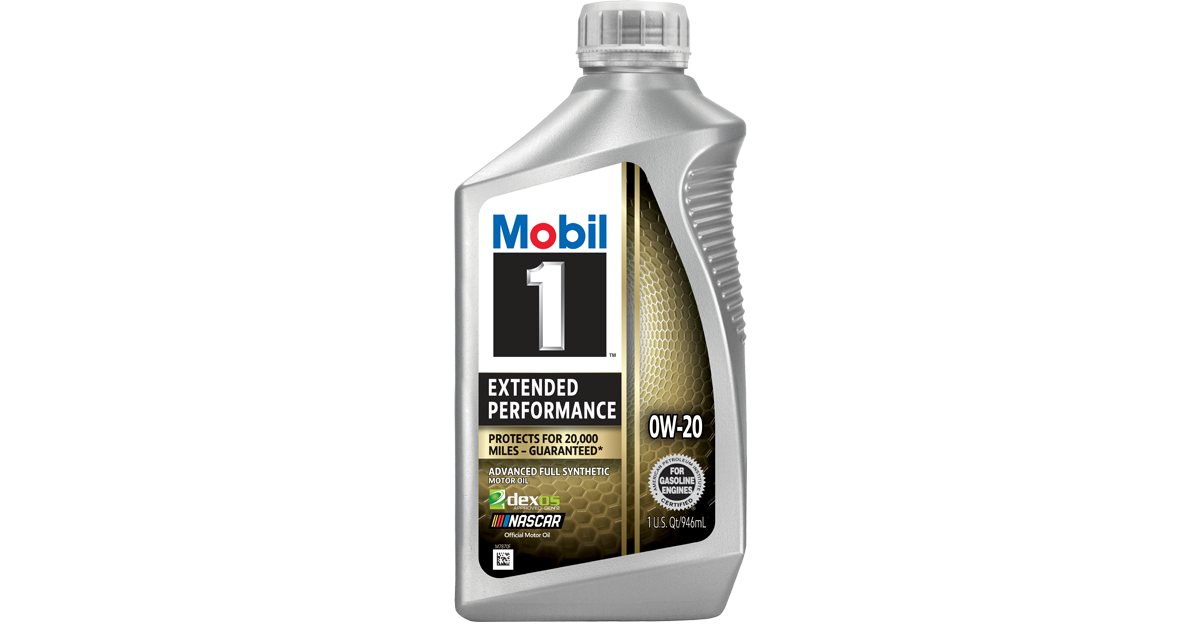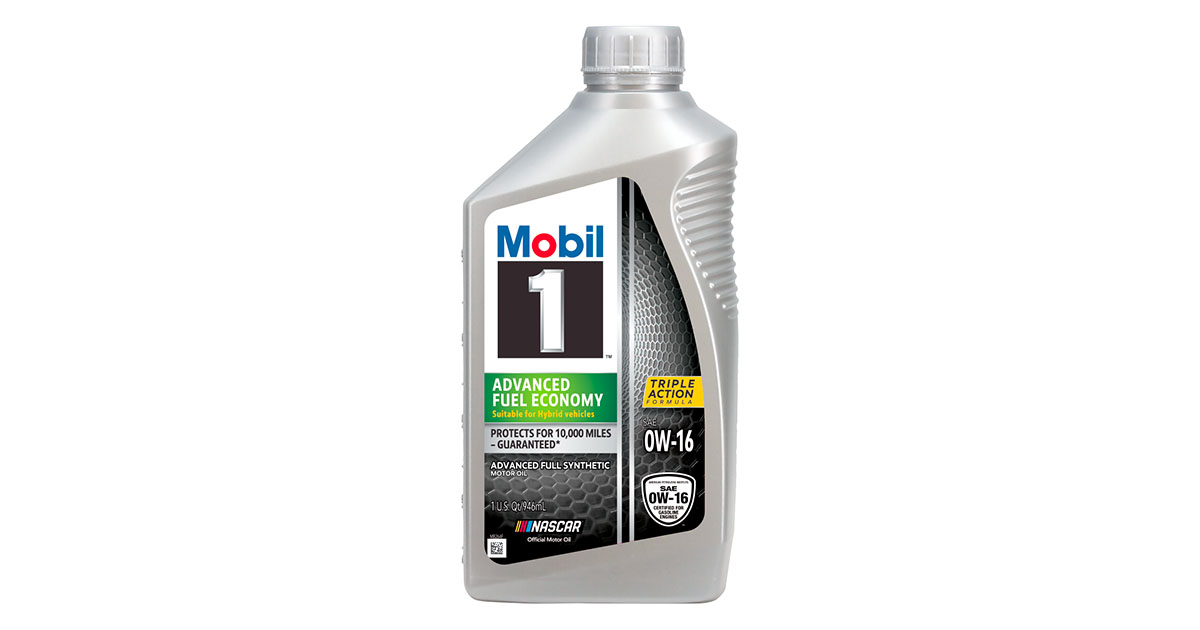Homopolymer is made from a single type of monomer, such as 1-decene, which is 10 carbons long. A copolymer is made from two kinds of monomers, like 1-decene and 1-hexene. A tetrapolymer is made from 4 types of monomers. These polymers are all polyalphaolefins (PAOs), an important component of synthetic motor oils. They can be the main base oil, and viscosity modifiers that give the chemists and engineers control of the low and high temp viscosity as desired for a given application.
Strictly speaking, a tetramer is 4 monomer units linked together. An ethylene (C2H4) tetramer is 8 carbons long, usually as 1-octene, which can be polymerized into a homopolymer or a copolymer.
There really is no reason to care which type of PAO is used. Just be sure it is from a quality manufacturer with good R&D, like ExxonMobil. They know what kind and how much PAO to use for desired properties. In the end, if they highlight having homopolymer or "tetramer", or 'derived from natural gas' it's just marketing. FYI - virtually all monomers and polymers are derived from natural gas, or crude oil. The molecules are the same either way.

 www.mobil.com
www.mobil.com



